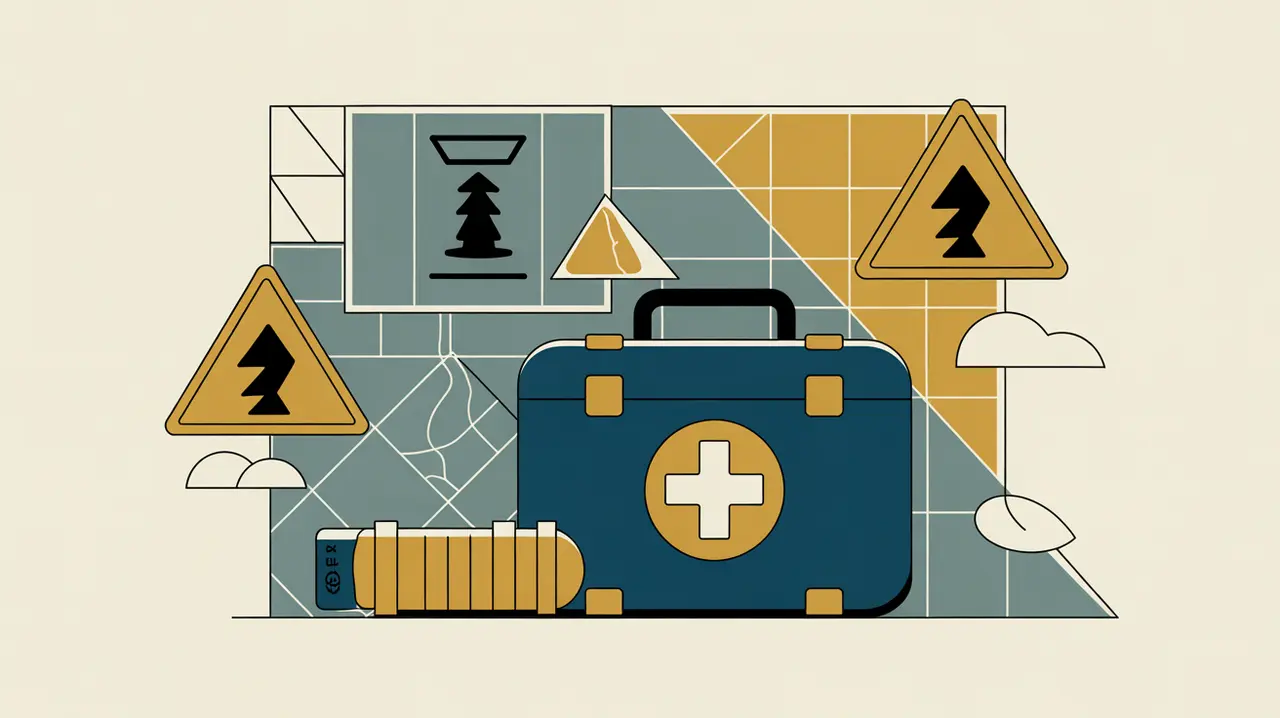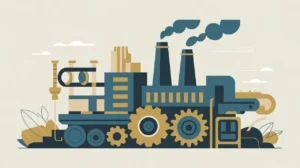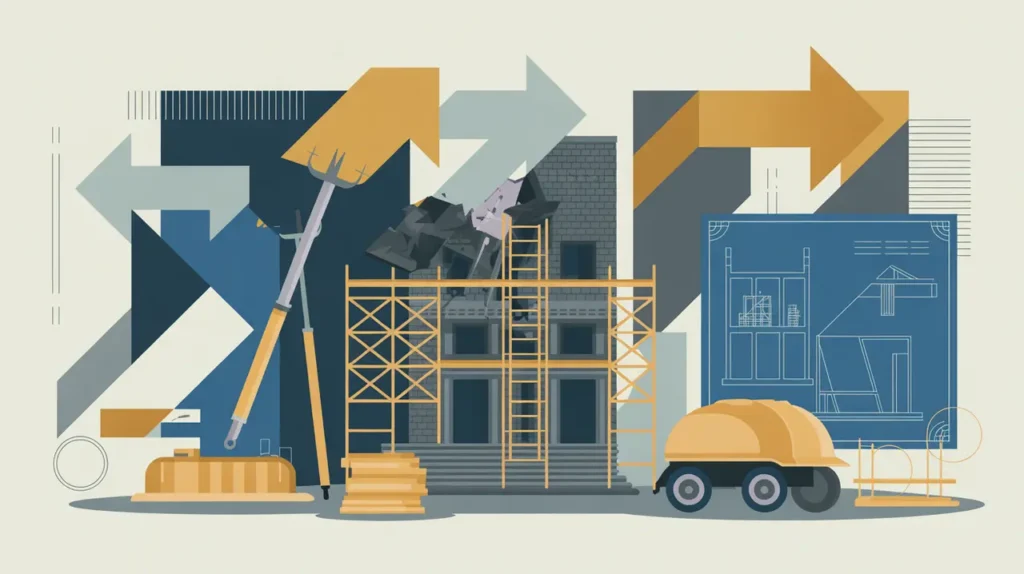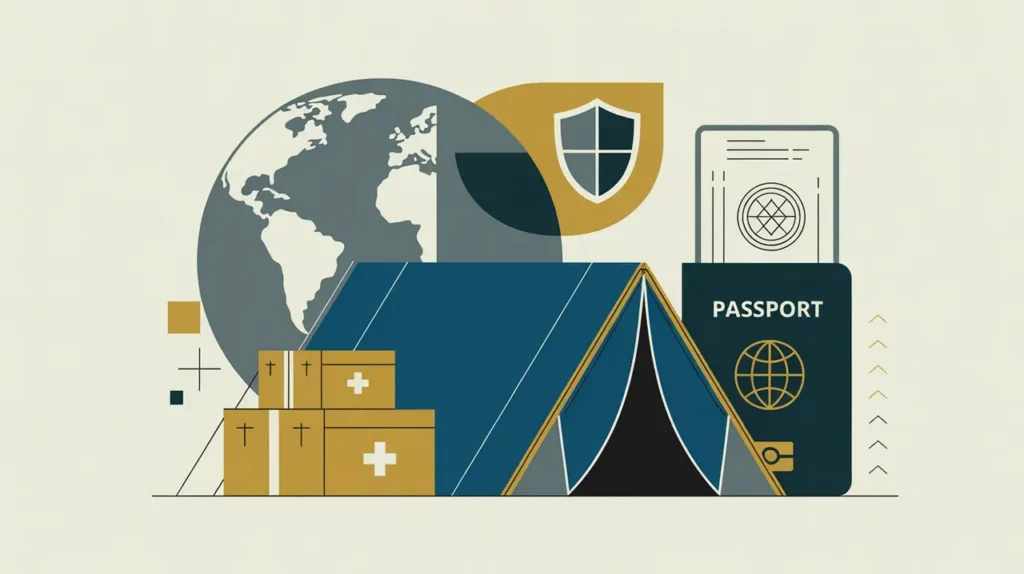Importance of Disaster Preparedness
Disaster preparedness is critical for reducing vulnerability and saving lives in the face of natural hazards and human-made crises. In international development, preparedness ensures that communities, governments, and organizations can respond quickly and effectively to disasters such as floods, earthquakes, cyclones, or conflicts. For nonprofits and social innovators, investing in preparedness reduces long-term costs, protects development gains, and strengthens resilience. Its importance lies in shifting the focus from reactive response to proactive planning, where proximate actors play a central role in safeguarding their own communities.
Definition and Features
Disaster preparedness refers to the measures taken before a disaster to ensure an effective response and recovery. Its defining features include:
- Risk Assessment: identifying hazards and vulnerabilities.
- Planning and Coordination: creating contingency plans, roles, and responsibilities.
- Capacity Building: training personnel, volunteers, and communities.
- Early Warning Systems: establishing communication channels to alert populations.
How this Works in Practice
In practice, disaster preparedness involves a range of activities, from household-level safety drills to national contingency plans. For example, coastal communities may build cyclone shelters, while governments invest in early warning systems and stockpiles of emergency supplies. NGOs often facilitate community mapping exercises, simulate evacuation drills, and provide training for first responders. Regional and global frameworks, such as the Sendai Framework for Disaster Risk Reduction, guide national strategies. Barriers include limited funding, weak infrastructure, and the underrepresentation of local knowledge in planning processes.
Implications for Social Innovation
Disaster preparedness has profound implications for social innovation. It opens space for innovations such as mobile-based early warning systems, community-led insurance schemes, and participatory risk mapping. For proximate actors, preparedness is an exercise in agency. It affirms their ability to anticipate and shape responses rather than passively endure shocks. Integrating preparedness into broader development strategies builds resilience, ensuring that communities can withstand and recover from crises while continuing to pursue long-term goals.







